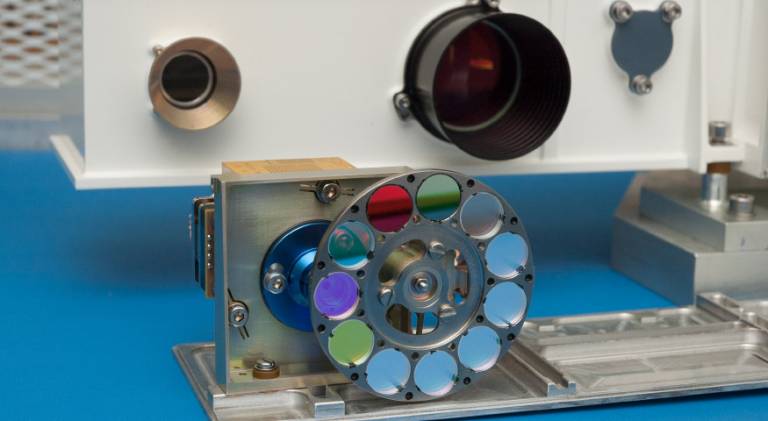A UCL and Teledyne UK partnership is helping the company establish itself as Europe’s leading supplier of optical sensors for space missions.

Teledyne UK produces charge-coupled devices (CCDs), which are often the sensor of choice for space exploration. Used in highly sophisticated telescopes to capture planetary images, their performance in space’s harsh conditions is critical to a mission’s success.
Thanks to a partnership with UCL’s Mullard Space Science Laboratory (MSSL), Teledyne UK has been able to rigorously test more than 300 of its sensors in UCL’s specialist facilities. Tapping into UCL’s renowned expertise in space technology, the company has been able to evaluate the devices and use the latest science to improve them.
The product enhancements resulting from the partnership have led to the company securing major contracts and enhancing its standing in the space market. Most recently, MSSL research helped Teledyne win a contract to supply CCDs to the European Space Agency (ESA)’s Plato mission.
The industry-academic partnership works in a virtuous circle, where research insights into the physics behind CCDs and how their performance can be improved are shared. Understanding then builds from project to project, and the products are improved even further.
David Morris, Chief Engineer, Space Imaging at Teledyne UK, said: “The enhanced reputation and improved capability this experience has built at Teledyne UK has made it possible for us to become a credible supplier to the next ESA science missions. The symbiotic relationship between our company and UCL has led to an improved understanding of mission science requirements and their implications for CCD design.”
Read the full story on the UCL Research Impact website
 Close
Close


